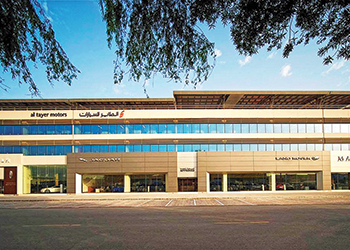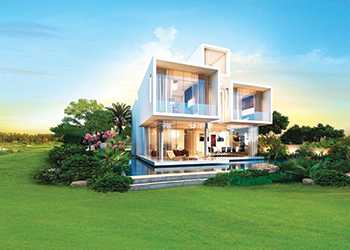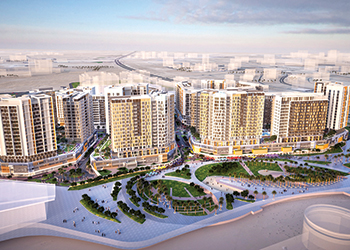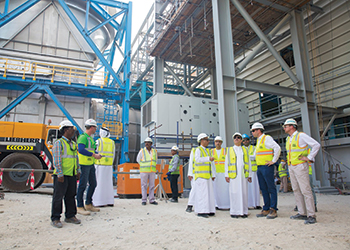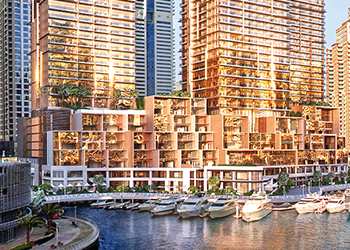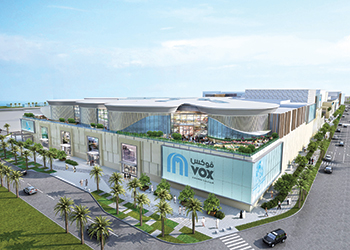
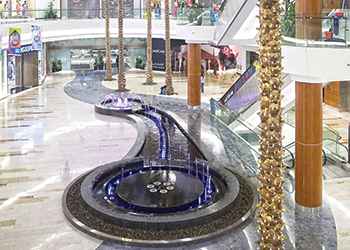 Al Ghurair Centre uses LED lighting.
Al Ghurair Centre uses LED lighting.
Al Ghurair, the UAE-based industrial conglomerate, is registering substantial savings in power consumption and slashing an estimate of 10 to 30 per cent of its carbon emissions through its various environmental sustainability initiatives.
These significant reductions in both consumption and carbon footprint are achieved by ideating a number of eco-friendly programmes and implementing them through the day-to-day operations of Al Ghurair’s diverse business units, said the company.
Al Ghurair’s switch to light-emitting diode (LED) lighting systems across a number of its hospitality, commercial and retail properties helped in reducing power consumption by nine per cent from 2014 to 2016. This resulted in saving of 1.6 million kW hours, which is equivalent to the average energy consumption of 54 households or 173 cars, according to group CEO Samer Alhaj.
With a total of 11,747 lamps replaced with power-efficient technology, the group has cut its carbon emissions by 811,004 kg, stated Alhaj.
In the construction division, the sewage treatment plant set up in the Al Ghurair Readymix factory provides clean water supply while reducing energy consumption by more than 30 per cent, a staggering amount considering the plant’s annual production volume of 1.8 million cu m of concrete.
According to him, Al Ghurair Construction is also responsible for the introduction of the mashrabiya aluminium sheet in the regional market. This special type of construction material reacts to heat and helps reduce the primary energy consumption of a building, he explained.
Al Ghurair Resources is developing a cogeneration power plant, which will help reduce the firm’s carbon footprint and operating costs by 30 per cent, he added.
In Saudi Arabia, Al Ghurair is also making strides in Riyadh with the Skywalk concept, implemented throughout the King Abdullah Financial District. By connecting buildings with climate-controlled link bridges called Skywalks in a densely-populated business district, Al Ghurair Construction reduces the use of vehicles in the area and encourages people to travel on foot.





















_0001.jpg)


.jpg)
















.jpg)








.jpg)



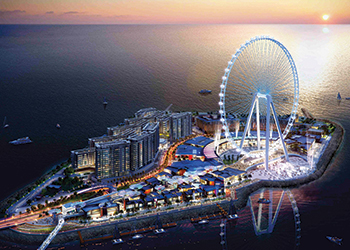
.jpg)
